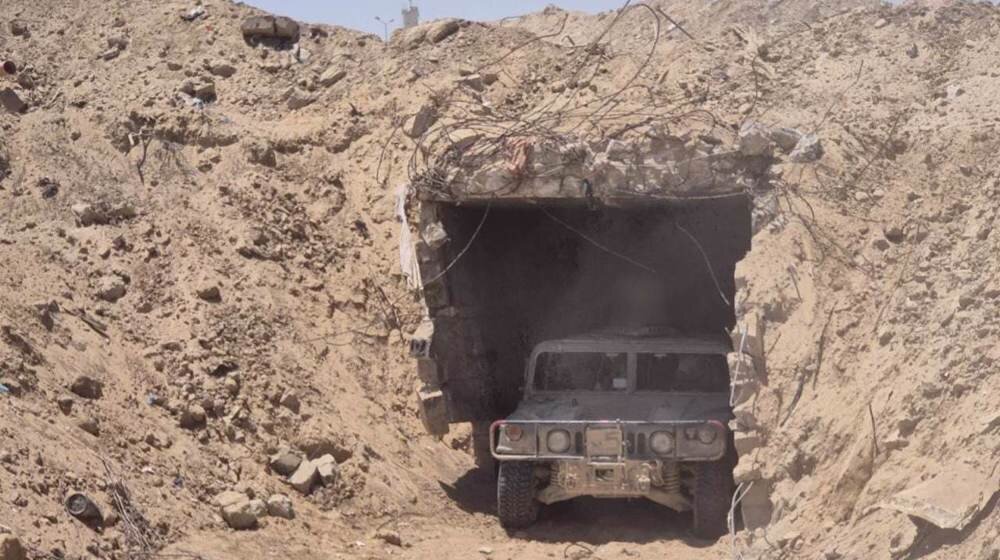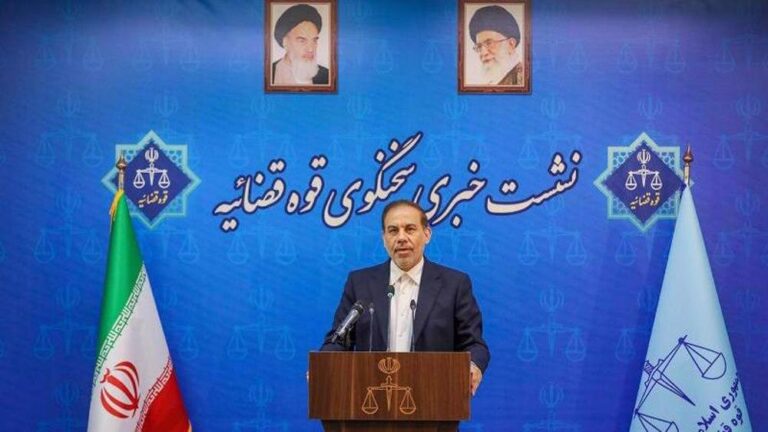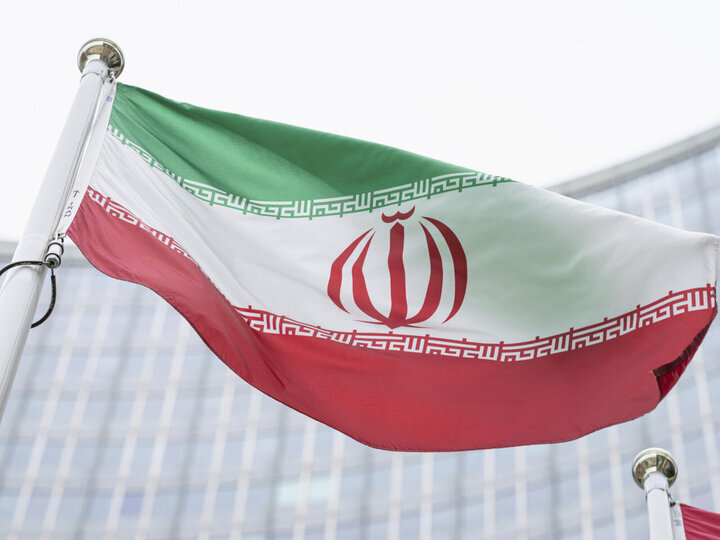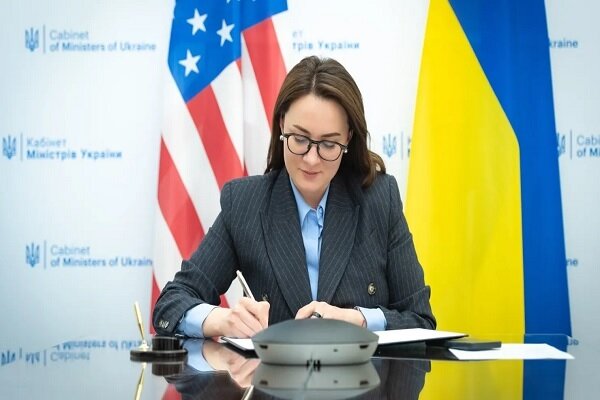Ex-Minister Gallant Accuses Israel of Fabricating Gaza Tunnel Image to Delay Truce Agreement
In a shocking revelation, former Israeli Minister of Military Affairs, Yoav Gallant, has admitted that a widely circulated photo of a large tunnel near the Gaza-Egypt border was fabricated. This significant admission sheds light on the tactics used to delay a prisoner swap with Hamas and to exaggerate perceived threats against Israel.
In August 2024, Israel’s military claimed to have uncovered an unusually large tunnel in the Philadelphi Corridor, which is located near the Gaza border with Egypt. They released an image of what they described as a tunnel that was around three meters tall, allegedly large enough for vehicles to navigate through. However, Gallant has now revealed that this so-called tunnel never existed.
During an interview with the Israel Broadcasting Authority (IBA), Gallant clarified the situation, stating that what was actually discovered at the time was merely a shallow trench, approximately one meter deep. He emphasized that the “tunnel” depicted in the image was, in fact, a standard drainage channel.
Here are some key points from Gallant’s revelations:
- The military vehicle shown in the photo was strategically positioned to create the illusion of a large tunnel.
- The image was utilized to support claims regarding the existence of tunnels built by Palestinian resistance groups along the border.
- This tactic was aimed at exaggerating the strategic significance of the Philadelphi Road.
- Ultimately, the fabricated claims were intended to stall progress on a potential prisoner exchange deal.
At the time of the tunnel’s alleged discovery, Prime Minister Benjamin Netanyahu faced significant backlash for blocking a ceasefire agreement. Critics argued that he insisted Israeli forces would not withdraw from the Philadelphi Corridor, thereby complicating negotiations for peace.
The admission by Gallant underscores a troubling pattern of misinformation that can escalate tensions in already volatile regions. It raises questions about the integrity of intelligence reports and the narratives constructed by military officials. This incident serves as a reminder of the importance of transparency and accountability in military operations and communications.
Gallant’s statements have ignited discussions among analysts and political commentators regarding the implications of such fabrications. Many believe that the public’s trust in military communications can be deeply affected by revelations of this nature. When officials manipulate information, it not only undermines their credibility but also has the potential to impact international relations and peace negotiations.
Furthermore, this situation highlights the broader context of the Israeli-Palestinian conflict, where both sides often engage in a battle of narratives. The use of imagery and information warfare is prevalent, making it crucial for both local and global audiences to critically assess the information being presented to them.
As the story continues to unfold, it will be interesting to see how this admission affects future negotiations between Israel and Hamas. Will it lead to a more honest dialogue, or will it further entrench positions on both sides? The answer remains to be seen, but one thing is clear: the implications of this revelation are far-reaching.
In conclusion, the exposure of this fabricated image not only reveals the complexities surrounding the Israeli-Palestinian conflict but also emphasizes the necessity for accurate reporting and responsible communication from military and government officials. As the situation develops, it will be vital to monitor how these revelations shape public perception and diplomatic efforts moving forward.
For anyone following developments in the region, staying informed about such news is essential. Understanding the dynamics at play can provide valuable insights into the ongoing challenges faced by both Israelis and Palestinians as they navigate their contentious relationship.






